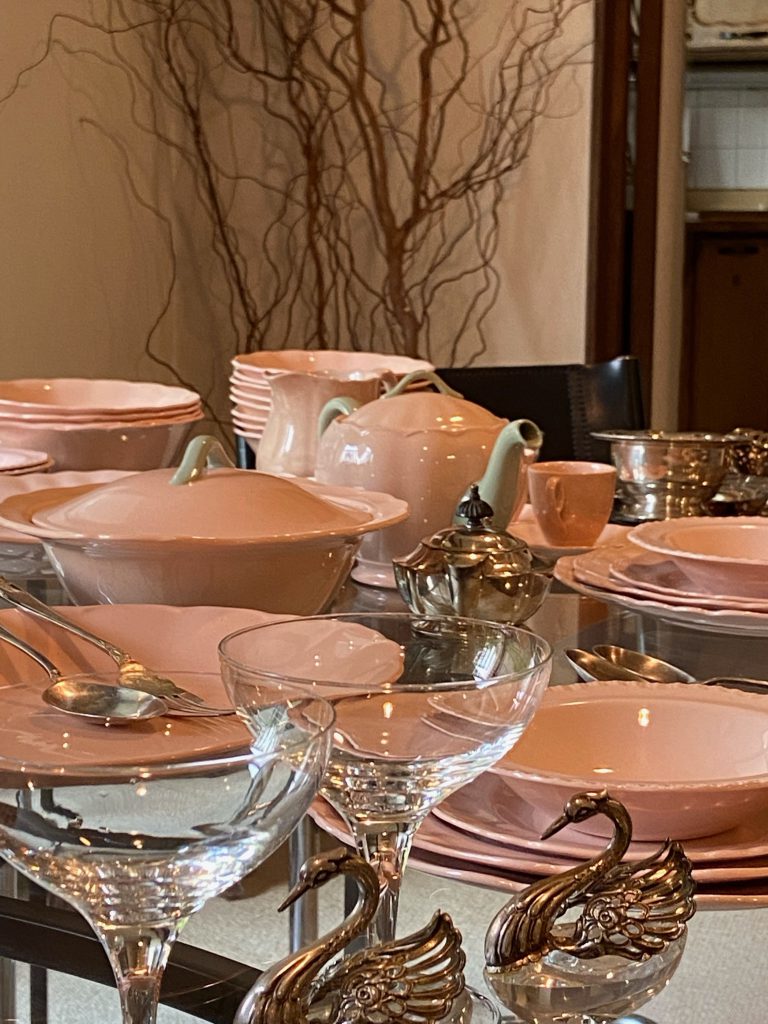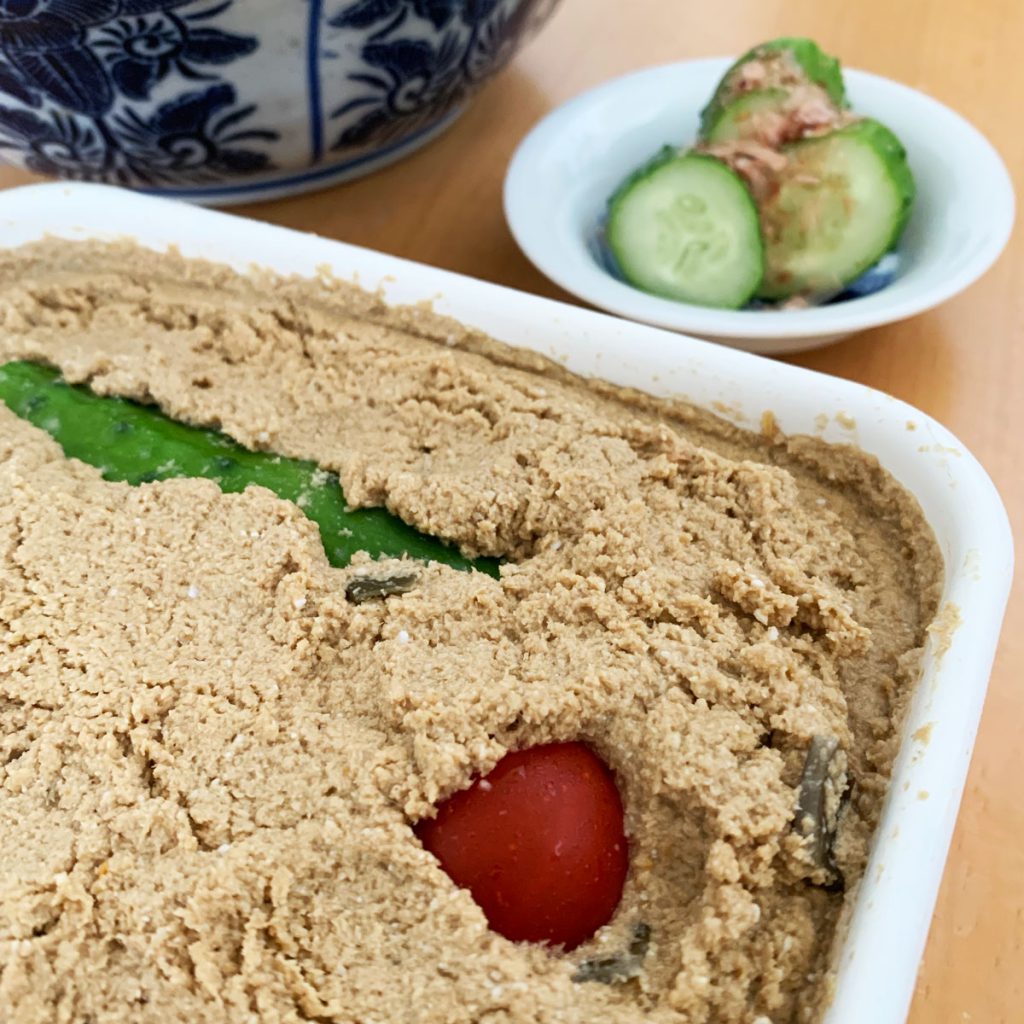It’s the season for food lovers- Autumn! So this week, we’d like to introduce you to some of the members of Candlewick’s sustainable approaches to food.
The first story is from Ms. Yamamoto.

When we were clearing out the garden in late summer, there were many green, unripe tomatoes left on the stalks. To bitter and difficult to eat as-is, I almost thought the only option would be to throw it away, but then I thought to make a chutney with in-season apples.
Made with onions from Awaji Island, a lot of ginger, vinegar, raisins, brown sugar and honey, the chutney was simmered in a large pot for 3 hours, then bottled and left to mature for another 3 months.
It goes well not only with curry but also with dishes like sautéed pork and cheese.
So, if your vegetables can’t be eaten as-is, you can heat them up and make them into chutneys or soup stocks to prevent food loss!
The second story is from Ms. Cathy.

In a culture where things are replaced at a rapid pace, using something for a long time can contribute to a more sustainable lifestyle. I have always been a firm believer of buying quality and using it for a long time. It might be a little expensive at first, but if I love it enough, I usually use it for many decades.
I have always been keen on vintage and antiques because things made in the past seems to be of better quality. There are not that many people who have interest in old things, even in my family, so luckily I was the one who inherited my grandmother’s vintage dishes, silverware and glassware which she bought in England during the 1950’s.
The pink dishes are not only unique and beautiful, but it is in very good condition and can be handed down to the next generation. Not only is food sustainability a prevention of product waste but it can also include sustaining family recipes, history and heritage to future generations.
The last story is from Ms. Miura.

Living with my grandmother who was from Nagano, we always had home pickled vegetables and miso soup full of koji (an edible mold) on our table. I started to make my own miso and salted rice-bran paste at home because I knew that I could not get the same taste from the ones I bought. I have also really reduced the amount of parts of vegetables that I used to throw away, such as their skins and hard cores, by using them in salted rice-bran paste or frying them to make miso soup. When I dip each vegetable in my own little rice-bran paste, which was given to me by my cousin in Nagano and which I have carefully cultivated, and take it out, I feel very attached to the vegetable. It’s the moment when I realize how grateful I am for food!